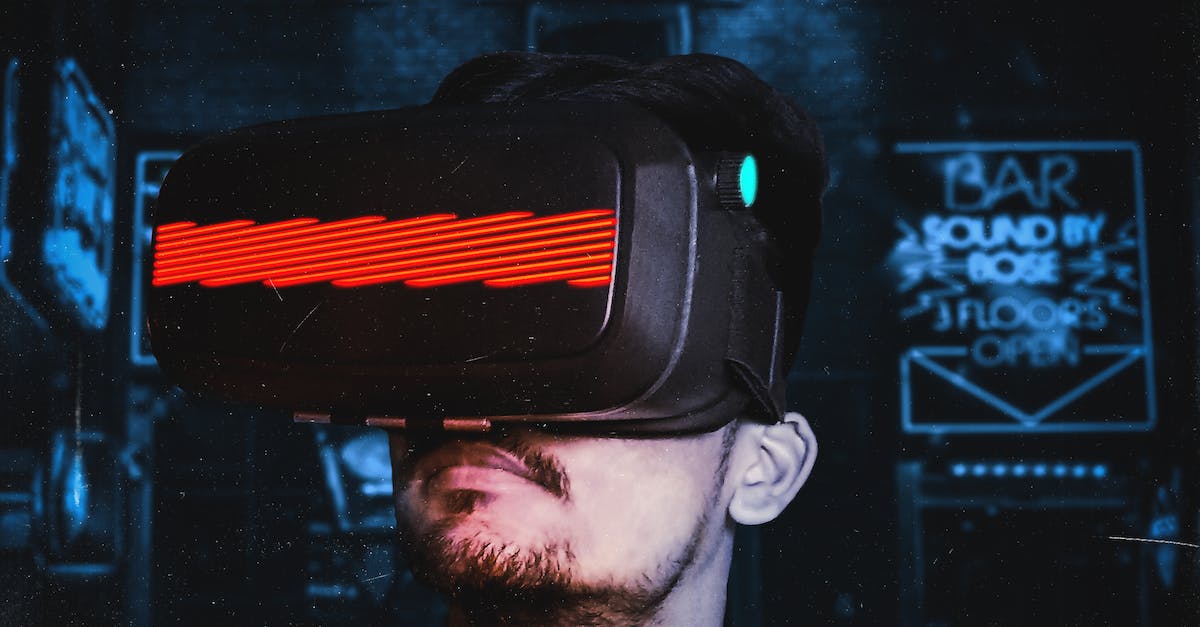The Impact Of Virtual Reality In Education: Transforming Learning

Introduction
Virtual Reality (VR) technology has paved its way into various domains, and one such area where its impact has been revolutionary is in the field of education. With its immersive and interactive capabilities, VR has the potential to transform the way we learn and teach. This article explores the significant impact of virtual reality in education and how it is reshaping the way knowledge is imparted and acquired.
Enhancing Learning Experiences
Traditional classroom learning often relies on textbooks, lectures, and visual aids. While these methods have their merits, they sometimes fail to engage students effectively. VR offers a new dimension to learning by providing students with immersive and interactive experiences.
By integrating VR into educational curricula, students can explore abstract concepts and complex theories in a more engaging and memorable way. For example, a history lesson can be transformed into a virtual tour of ancient ruins, allowing students to walk through history rather than just reading about it.
Moreover, VR allows students to manipulate objects, conduct experiments, and simulate real-world scenarios. This hands-on approach not only enhances understanding but also encourages critical thinking and problem-solving skills.
Bridging the Gap
One of the key challenges in education is bridging the gap between theoretical learning and real-world application. VR offers a solution to this problem by providing realistic simulations and enabling students to practice and apply their knowledge in a safe and controlled environment.
For instance, medical students can use VR to simulate surgeries, allowing them to gain practical experience without the risks associated with live operations. Similarly, engineering students can engage in virtual design and testing of structures, fostering creativity and innovation.
By bridging this gap between theory and application, VR prepares students for real-world challenges and equips them with the skills and confidence needed to succeed in their chosen fields.
Accessibility and Inclusivity
In traditional education, physical limitations or geographical constraints may hinder students' access to certain resources and learning opportunities. VR eliminates these barriers, making education accessible to all.
Through VR headsets and devices, students can participate in virtual classrooms and access educational content from anywhere in the world. This not only ensures equal opportunities for all students but also facilitates personalized and self-paced learning.
Moreover, VR can cater to the needs of students with different learning styles and abilities. Visual learners can benefit from visualizations and 3D models, while auditory learners can engage with immersive audio experiences. Students with disabilities can also experience a level of inclusivity, as VR provides alternative ways to perceive and interact with information.
Motivating and Engaging Students
Engaging students and keeping them motivated is a constant challenge faced by educators. Traditional teaching methods often struggle to capture students' attention and interest.
VR, with its interactive and immersive nature, has the potential to overcome these challenges. By creating a virtual environment that stimulates the senses, VR captures students' attention and keeps them engaged in the learning process.
The gamification aspects of VR also contribute to increased motivation. By incorporating game-like elements, such as challenges, rewards, and friendly competitions, VR turns learning into an enjoyable and rewarding experience.
Future Possibilities
As VR technology continues to evolve, the possibilities for its application in education are limitless. From virtual field trips and cultural experiences to collaborative learning and simulated work environments, VR has the potential to reshape the entire education landscape.
Imagine a world where students can learn about marine life by swimming alongside virtual dolphins or visit ancient civilizations by stepping into virtual time machines. With VR, the boundaries of traditional education are pushed, and education becomes a dynamic and captivating experience.
Conclusion
The impact of virtual reality in education is profound and transformative. By enhancing learning experiences, bridging the gap between theory and application, ensuring accessibility and inclusivity, and motivating students, VR is revolutionizing the way knowledge is acquired and shared. As VR technology becomes more accessible and affordable, its role in education will only continue to grow. It is an exciting time for educators and students alike as we embrace the future of immersive learning with virtual reality.